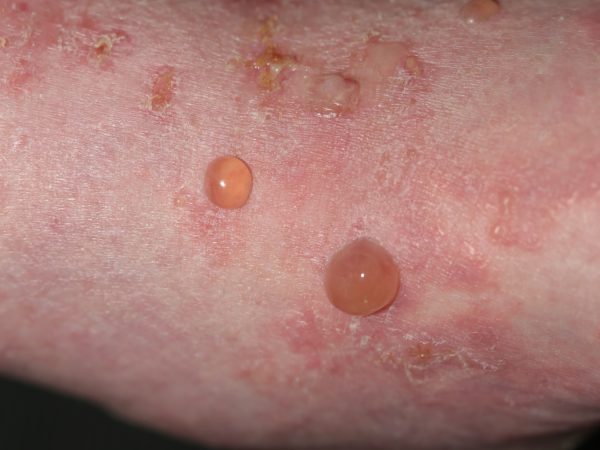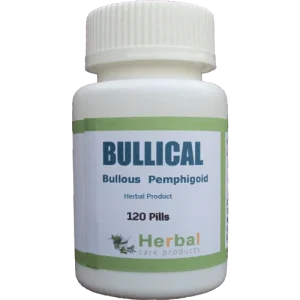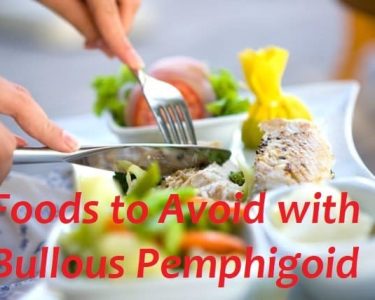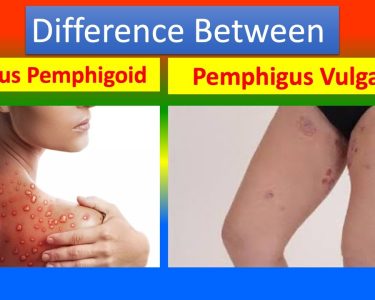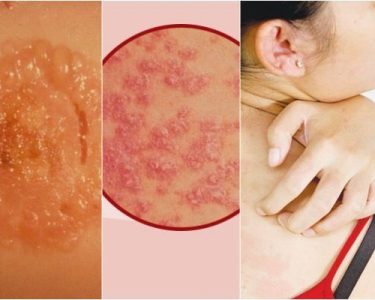Introduction
Bullous pemphigoid (BP) is a skin condition that causes blisters, redness and blistering. It can also cause pain, itching and swelling. If you have bullous pemphigoid and are looking for natural treatments to help ease your symptoms, we want to share our top 5 recommendations with you!
5 Natural Treatments for Bullous Pemphigoid
- Fatigue
- Vitamin C
- Capsaicin, an irritating chemical found in chili peppers and some plants such as aloe vera that can be applied topically to the skin to reduce the itching and swelling associated with pemphigoid.
- Lidocaine, which is an effective painkiller for people suffering from bullous pemphigoid (BP). It also reduces inflammation and swelling by blocking nerve signals from reaching your brain. You can apply lidocaine directly onto affected areas of your skin or take it orally if you don’t want to put anything on yourself!
- Psoriasis and Eczema
Fatigue
Fatigue is a common symptom of bullous pemphigoid, and it can be treated with rest and relaxation. Try to schedule in some time for yourself each day, even if you don’t feel like doing anything special.
You may also want to consider taking vitamins or minerals such as vitamin C or magnesium for energy support. If your fatigue is severe enough that it affects your ability to work on the computer at work or interact with friends and family members directly, then you may want to talk with your doctor about getting more sleep medication from him/her (e.g., Ambien).
If supplementing with certain nutrients isn’t enough for you but doesn’t seem like it would be worth the cost/effort required just yet (e.g., B12), there are many topical products out there that can help ease your symptoms by moisturizing dry skin areas which will make them less sensitive so they won’t itch as much when exposed to sunlight again after applying these creams regularly over time until they’re no longer needed anymore once all signs disappear completely thanks again
Vitamin C
Vitamin C is a Herbal Treatment for Bullous Pemphigoid, and it’s also effective in treating other skin conditions. Vitamin C has been shown to help fight off free radicals and reduce inflammation in the body by strengthening your immune system. It can be taken orally or applied topically as a supplement, but most people find it works best if you take it daily for several months at least.
Capsaicin
Capsaicin is the ingredient that gives red peppers their heat. It’s also an irritant, and when applied to the skin can cause a burning sensation. Capsaicin can be used to treat bullous pemphigoid because it acts as an anti-inflammatory agent by reducing pain and swelling.
Capsaicin is not approved for use in humans, but studies have shown that it may reduce symptoms of this skin condition without causing side effects–like those caused by other treatments such as corticosteroids or dapsone (DDS).
Lidocaine
Lidocaine is a local anesthetic that’s used to treat pain. It’s applied topically (to the skin) because it has no effect on the body when taken orally or injected. Lidocaine has been found to be effective for treating bullous pemphigoid and some other conditions, but it can cause irritation of your lips if used too frequently.
The recommended dosage for lidocaine is 0.5% with an onset time of 4-6 minutes; however, this medication shouldn’t be used more than once every 24 hours at a time because it can cause thinning of your skin and dryness of your lips over time if you apply it too often (or if you use more than one dose).
Psoriasis or eczema.
Psoriasis and eczema are two different conditions, but they both cause inflamed, scaly patches on the skin. Psoriasis is an inflammatory disorder that causes red patches of skin covered with silvery scales; eczema is a more common allergic reaction to certain foods (such as nuts), dust mites, pet fur or dander. Both conditions can cause itching that’s often worse in warm weather.
You can treat bullous pemphigoid naturally with diet, nutrition, supplements, and topical products that are natural and simple to use.
You can treat bullous pemphigoid naturally with diet, nutrition, supplements and Herbal Care Products that are natural and simple to use. Here’s how:
- Dietary changes. Eating foods rich in omega-3 fatty acids may help reduce inflammation in your body by reducing the production of prostaglandins (prostaglandin E2) and other inflammatory chemicals that cause swelling. Foods high in omega-3s include: flaxseeds; hemp seeds; walnuts; salmon; sardines; tuna fish (albacore/white) and farm-raised trout (ocean).
- Vitamin C supplements have been shown to decrease skin lesions associated with BP as well as improve overall symptoms such as itchiness/burning sensation on affected areas of skin.*
Conclusion
Bullous pemphigoid can be a challenging condition to manage, especially when it’s your first time experiencing it. But with these Natural Remedies for Bullous Pemphigoid, you can treat this skin disorder without putting yourself at risk for side effects.

